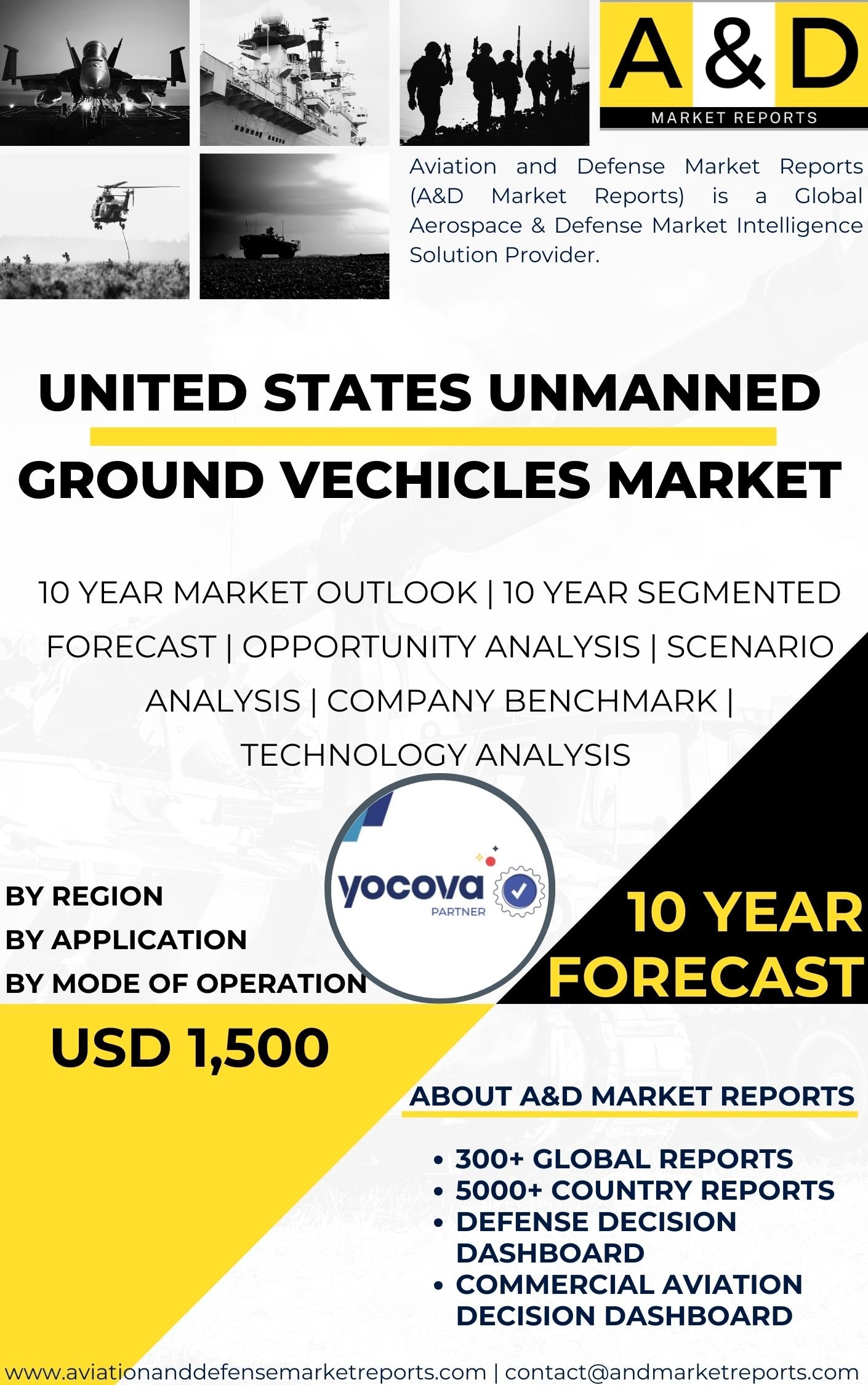Description
Unmanned Ground Vehicles (UGVs) have emerged as vital assets in the United States’ military and civilian sectors, providing versatile capabilities for a wide range of applications. UGVs are unmanned, remotely operated or autonomous vehicles designed to perform tasks without putting human operators in harm’s way. From military operations to disaster response and industrial applications, UGVs play a crucial role in enhancing efficiency, safety, and effectiveness in various scenarios.
The development of UGVs traces back to the early 20th century when remote-controlled devices were first introduced for military applications. During World War II, radio-controlled vehicles, such as the German Goliath tracked mine and the U.S. M29 Weasel, were used for reconnaissance and transportation of small loads.
In the post-war years, technological advancements led to the development of more sophisticated UGVs for military purposes. In the 1970s, the U.S. military began to explore the concept of unmanned ground vehicles for surveillance, reconnaissance, and explosive ordnance disposal (EOD) missions. The Remotec ANDROS series, introduced in the 1980s, became one of the first widely used UGVs in the EOD role, providing a safe means of dealing with dangerous explosives and improvised explosive devices (IEDs).
The Gulf War in the early 1990s showcased the potential of UGVs for military applications. The U.S. military deployed the M56 Scorpion, a remotely operated mine-clearing vehicle, to neutralize minefields during the conflict. This marked a significant milestone in the integration of UGVs into combat operations.
As technology advanced, UGVs evolved from being merely remotely operated to incorporating autonomous capabilities. The Defense Advanced Research Projects Agency (DARPA) played a pivotal role in advancing UGV autonomy through initiatives like the DARPA Grand Challenge and the DARPA Urban Challenge, which focused on developing autonomous ground vehicles for various applications, including military logistics and urban reconnaissance.
One of the most significant contributions to UGV development was the introduction of the PackBot series by iRobot Corporation. The PackBot became a critical asset in the Global War on Terror, providing situational awareness, EOD support, and reconnaissance capabilities to U.S. military forces in challenging and hazardous environments.
In recent years, the deployment of UGVs in military operations has expanded to include other roles such as route clearance, perimeter security, and even armed reconnaissance. The introduction of armed UGVs, such as the TALON, allows military forces to engage threats from a safer distance while minimizing risks to human operators.
Beyond military applications, UGVs are increasingly utilized in civilian sectors for various tasks. In the field of agriculture, UGVs equipped with sensors and AI algorithms can autonomously inspect crops, monitor soil conditions, and apply fertilizers and pesticides more efficiently.
In industrial settings, UGVs are used for material handling, warehouse management, and even construction tasks. These robots, equipped with robotic arms and sensors, can operate autonomously or be remotely controlled to perform precise and repetitive tasks in hazardous environments.
The development of swarm robotics is another area of interest in UGV research. Swarms of UGVs can operate collaboratively to achieve complex tasks by sharing information and working in coordination. This concept has potential applications in search and rescue missions, disaster response, and exploration in environments that are inaccessible or dangerous for humans.
Moreover, UGVs are proving to be valuable assets in disaster response and emergency management. They can enter disaster zones, assess the situation, and provide real-time information to first responders, helping to make informed decisions and prioritize rescue efforts.
In the realm of transportation, UGVs are being explored for their potential in last-mile delivery services. Autonomous delivery robots can navigate urban environments, delivering packages and goods to customers efficiently.
To enable the operation of UGVs in diverse environments and terrains, significant progress has been made in robotics and autonomy. Advances in perception sensors, such as LIDAR and cameras, enable UGVs to detect and recognize objects, navigate obstacles, and map their surroundings with high accuracy.
Machine learning algorithms have played a crucial role in enhancing UGV autonomy. AI-driven navigation systems allow UGVs to learn from their experiences and adapt their behavior to changing conditions, improving their decision-making and response capabilities.
Interoperability and communication between UGVs and human operators or other autonomous systems are also essential aspects of UGV development. UGVs need to communicate with command centers, relay data, and receive instructions in real-time to ensure effective coordination and collaboration with other assets.
However, there are challenges and considerations associated with the integration of UGVs into various applications. Security concerns, particularly in military applications, involve safeguarding UGVs from hacking, tampering, or interception of communications. Ensuring the integrity of data and the reliability of the control systems is crucial in preventing potential vulnerabilities.
Additionally, ethical and legal considerations come into play when employing UGVs in different contexts. The use of armed UGVs raises questions about accountability and adherence to international laws governing the use of force.
Environmental and safety concerns are also critical factors, especially when deploying UGVs in civilian settings or challenging terrains. Ensuring that UGVs operate safely around humans and interact responsibly in public spaces is paramount.
In conclusion, UGVs have evolved significantly from their early origins as remotely controlled vehicles to advanced autonomous systems capable of executing complex tasks. In the U.S., these unmanned ground vehicles have become essential assets in military operations, disaster response, industrial applications, and more. The integration of UGVs in diverse sectors requires addressing challenges related to security, autonomy, ethics, and safety. With ongoing advancements in robotics, AI, and communication technologies, the future of UGVs holds tremendous potential in transforming various domains, making them safer, more efficient, and adaptable to meet the ever-changing demands of modern society.




